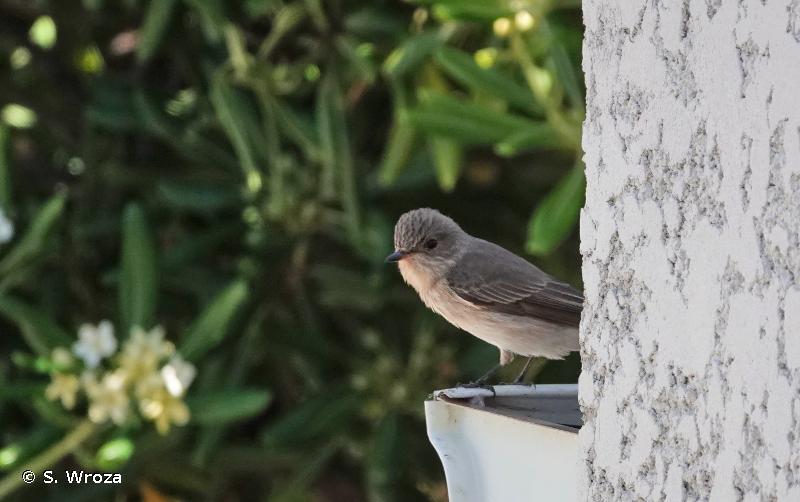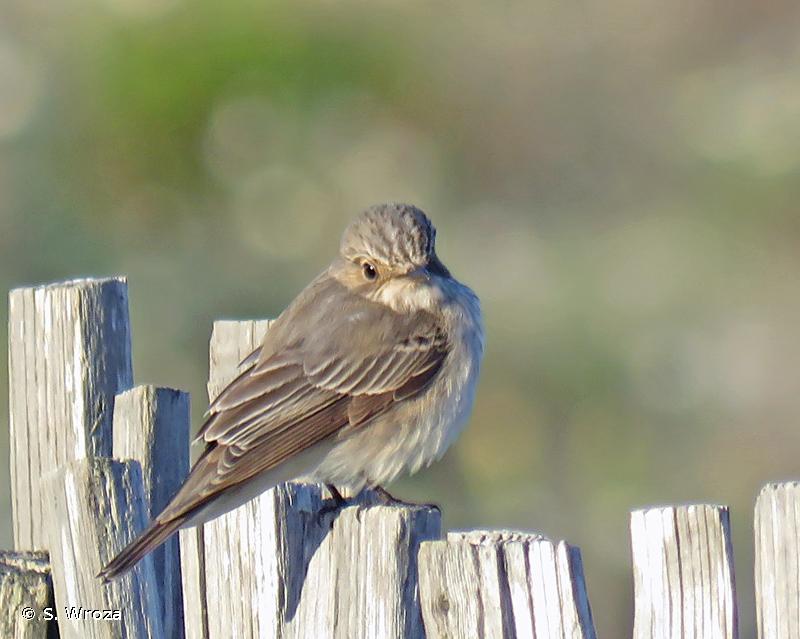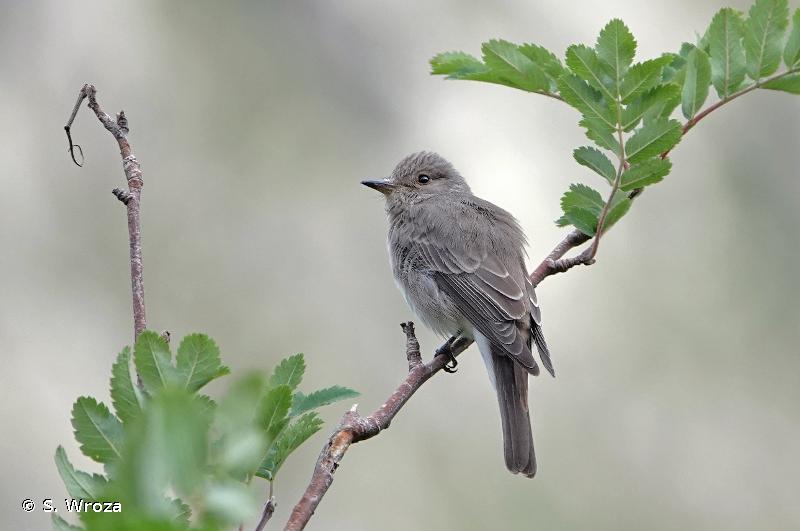
cd_nom

| Author : P. Gourdain |
 |
To get the picture, please visit:
Despite the Creative Commons license, please inform the author of the use which will be made of his photo

| Author : J. Comolet-Tirman |
 |
To get the picture, please visit:
Jacques Comolet-Tirman
email : inpn@mnhn.fr
Any reuse of one or more photographs on this site is subject to an authorization request from the author.
Link to the Code of Intellectual Property (Legifrance)

| Author : P. Gourdain |
 |
To get the picture, please visit:
Despite the Creative Commons license, please inform the author of the use which will be made of his photo

| Author : S. Wroza |
 |
Despite the Creative Commons license, please inform the author of the use which will be made of his photo

| Author : S. Wroza |
 |
Despite the Creative Commons license, please inform the author of the use which will be made of his photo

| Author : S. Wroza |
 |
Legend: Sous espèce balearica
Despite the Creative Commons license, please inform the author of the use which will be made of his photo

| Author : S. Wroza |
 |
Despite the Creative Commons license, please inform the author of the use which will be made of his photo

| Author : S. Wroza |
 |
Despite the Creative Commons license, please inform the author of the use which will be made of his photo

| Author : S. Wroza |
 |
Despite the Creative Commons license, please inform the author of the use which will be made of his photo

| Author : S. Wroza |
 |
Despite the Creative Commons license, please inform the author of the use which will be made of his photo
Le Gobemouche méditerranéen est considéré comme une espèce distincte du Gobemouche gris depuis les travaux de chercheurs du MNHN en 2016 (J-M PONS et al.). Les oiseaux de Corse, qui appartiennent à la sous-espèce Muscicapa t. tyrrhenica, se distinguent du Gobemouche gris par leur poitrine peu ou pas rayée : les stries de la poitrine sont remplacées par des taches plus larges et moins nettes. Les ailes sont plus courtes. Le chant comporte des notes de fréquence incroyablement élevée (>18 kHz, probablement un record dans le monde des oiseaux chanteurs), mais pas facilement audibles par l'oreille humaine.
Détermination :
Ne pose pas de problème en période de reproduction en Corse. La détermination est cependant délicate lors des passages migratoires car ceux-ci concernent également le Gobemouche gris (espèce voisine nichant sur le continent).
Espèces proches :
Le Gobemouche gris (Muscicapa striata) nicheur en France continentale présente un plumage similaire, mais les parties inférieures sont nettement rayées. Lors de ses migrations il s'observe couramment dans les îles méditerranéennes et notamment en Corse.
Période d'observation :
Avril-mai à septembre. Les arrivées en Corse s'échelonnent entre la dernière décade d'avril et la mi-mai.
Biologie-éthologie :
Insectivore, comme les autres gobemouches du genre Muscicapa. Le nid est parfois édifié dans des endroits insolites. Un suivi de la nidification à partir de 17 nids observés permet d'estimer que 58 % des œufs pondus donnent des jeunes à l'envol. Les tendances de population du Gobemouche méditerranéen peuvent différer considérablement de celles du Gobemouche gris.
Biogéographie et écologie :
L'aire de répartition du Gobemouche méditerranéen s'étend sur les îles de l'ouest de la Méditerranée : Corse, Sardaigne, îles toscanes et peut-être frange côtière italienne dont les limites restent à préciser (forme tyrrhenica), Baléares (forme balearica). Le Gobemouche méditerranéen peut à l'occasion s'observer en Provence à l'occasion de dépassements d'aire.
Le Gobemouche méditerranéen est très répandu en Corse depuis le niveau de la mer jusqu'à 1700 m, dans divers types de milieux habités ou pas : îlots, villages, forêts, maquis, etc. Les densités de population sont proches de 2 couples/10 ha en chênaie ou pinède et elles atteignent jusqu'à 6 couples/10 ha à l'intérieur des villages montrant l'anthropophilie marquée de l'espèce.
J. Comolet-Tirman(UMS 2006 Patrimoine Naturel (AFB / CNRS / MNHN)),2018
Continental
Metropolitan France
Overseas
Marine
Metropolitan France
Overseas
The map presents a summary at the 10 x 10 km grid of the observation data for the species transmitted to the SINP. These data have been subjected to validation filters.
The map presents a reference distribution layer of the species at the scale of departments and marine sectors. The presence and absence data were established by expertise within a network of partners. This reference distribution is used in the validation process of the SINP data at the INPN level.
Corresponds to a report on the basis of at least one observation proved within a period of 10 years (20 years for little-known invertebrates) preceding the year and no presumption of extinction since obtaining the last data nor doubt on reproductive and implemented nature of this population. For migratory species, the presence indicated concerns areas of reproduction.
This status is based on one or more of the following criteria:
This point covers the absence, more difficult by nature to demonstrate than presence. This status is based on one or more of the following criteria:
This status must be assigned to a department in which the presence of the species is casual.
Particular case of absence due to a proven extinction less than a half century ago (older disappearances are treated as "no probable or definite").
In the state of knowledge, we can not comment on the presence or absence in the current department. This is the default status when not comprised in one of the previous categories or whenever there is doubt.
The map shows the global distribution of the species based on GBIF data (Global Biodiversity Information Facility).
